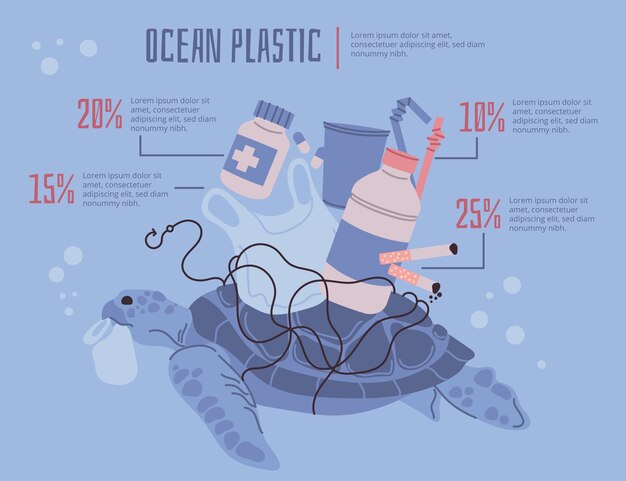Amazing Facts About Sea Turtles

Sea turtles can live up to 80 years.
Seven different species of sea turtles exist.
Sea turtles have been around for more than 100 million years.
The largest sea turtle species is the leatherback turtle.
Sea turtles have strong sense of smell.
Female sea turtles return to the same beach where they were born to lay their eggs.
Sea turtles can migrate thousands of miles each year.
Sea turtles have a shell that offers them protection.
Sea turtles are excellent swimmers.
Sea turtles are cold-blooded reptiles.
Sea turtles can hold their breath for several hours.
They use their flippers to move through the water.
Sea turtles have a streamlined body shape to help them swim faster.
They are primarily herbivorous, but some species eat jellyfish and other marine animals.
Sea turtles help maintain the health of coral reefs by eating excess algae.
Sea turtles have been known to mistake plastic bags for jellyfish and ingest them.
The sex of sea turtles is determined by the temperature of the nest during incubation.
Sea turtles communicate through intricate body language and vocalization.
Sea turtles have a unique ability to navigate using the Earth’s magnetic field.
The biggest threat to sea turtles is habitat loss due to coastal development.
Pollution, including marine debris and oil spills, also pose serious threats to sea turtles.
Amazing Facts About Sea Turtles part 2
Sea turtles are protected by international laws and conservation efforts.
Many organizations work to rehabilitate and release injured sea turtles back into the wild.
Sea turtles play an important role in maintaining healthy ocean ecosystems.
Sea turtles are considered a keystone species, as their extinction would have cascading effects on other species.
The oldest known sea turtle fossil dates back to the time of the dinosaurs.
Sea turtles lay around 100 eggs in a single nest.
The temperature at which sea turtle eggs are incubated determines the sex ratio of the hatchlings.
Sea turtles undertake long migrations to find suitable nesting sites.
Some species of sea turtles nest exclusively during certain seasons.
The hatching process for sea turtles can take several days.
Hatchlings are guided by the moonlight towards the ocean after emerging from the nest.
Only about 1 in 1,000 hatchlings survive to adulthood.
Sea turtles have an incredible ability to return to their natal beach to nest.
The highest concentration of nesting sea turtles can be found in Costa Rica.
Sea turtles can become tangled in fishing nets and drown.
Some people believe that consuming sea turtle eggs or meat has medicinal properties, leading to illegal hunting.
Sea turtles’ slow reproduction rate makes them vulnerable to population declines.
Many beachfront hotels and resorts have implemented lights-out policies during sea turtle nesting season to prevent hatchling disorientation.
Sea turtles have a unique characteristic of returning to the surface to breathe while they are asleep.
The largest ever recorded sea turtle weighed over 2,000 pounds.
Sea turtles have a strong connection to Indigenous cultures and are often considered sacred creatures.
Some areas have established marine protected areas specifically to conserve sea turtle populations.
The conservation status of sea turtles ranges from critically endangered to vulnerable.
By raising awareness and taking action, we can help protect sea turtles for future generations to enjoy.

